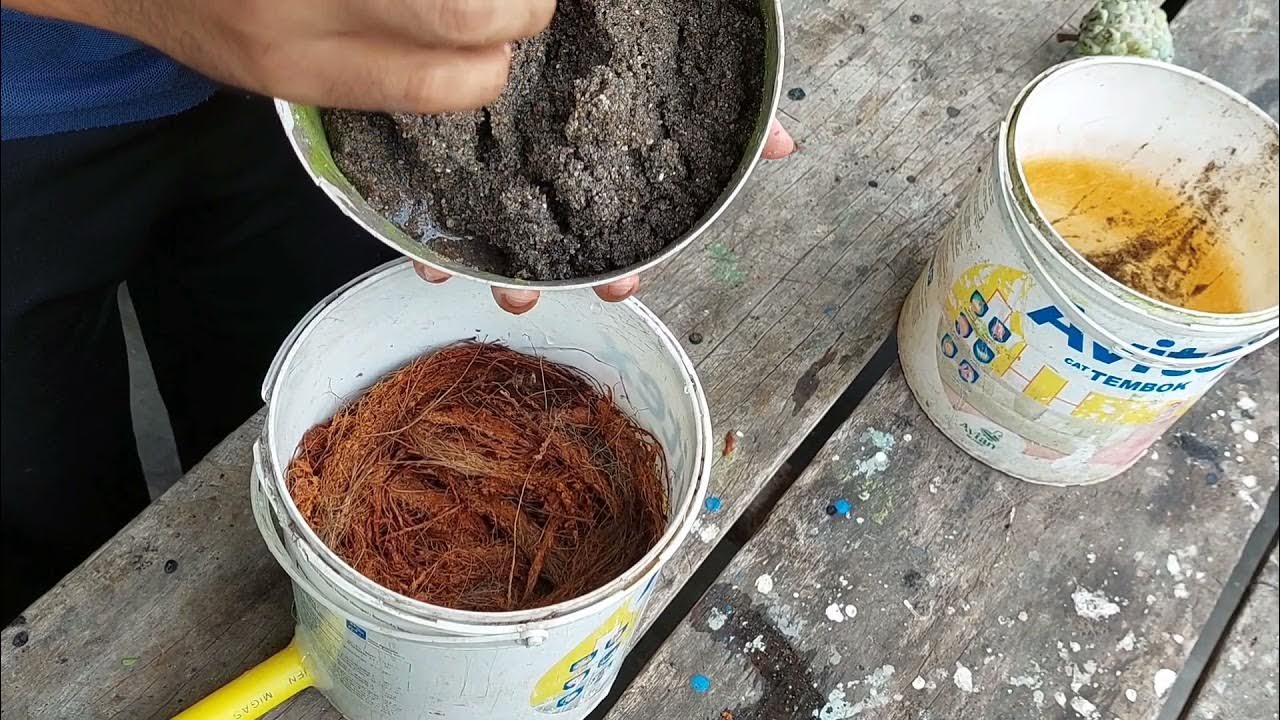4 Signs That You Need To Change Your Sediment Filter
Summary
TLDRIn this video, the creator explains when and how to replace a sediment filter in your water system. They cover four key signs to change the filter: visible dirt, downstream sediment, reduced water pressure, and the general 3-6 month replacement rule. The video also provides a step-by-step guide for changing the filter, including turning off the water, removing the old filter, cleaning the canister, and installing a new one. Additionally, the creator emphasizes the importance of buying filters in bulk and avoiding cleaning old ones due to potential bacteria.
Takeaways
- 🔧 A sediment filter protects water appliances like water softeners and boilers by removing dirt, sand, rust, and other undissolved particles.
- 🏡 People living in the country with well or lake water use sediment filters more frequently compared to city dwellers.
- 🛠️ The filter is installed on the main water line, typically after a water pressure regulator and water meter.
- 🧊 Clear sediment filter canisters allow you to see dirt buildup but may encourage algae growth; opaque canisters are stronger and prevent this.
- 💡 Indication 1: If the filter looks dirty or you wouldn't feel comfortable drinking the water, it's time to replace it.
- 🚽 Indication 2: If you notice sediment buildup in appliances like toilets or pre-filters, it's time for a change.
- 📉 Indication 3: A noticeable drop in water pressure can suggest the filter is clogged and needs replacing.
- 🗓️ Filters should be changed every 3-6 months, even if no other signs are present, to maintain optimal performance.
- 🛑 When replacing the filter, turn off the water, release pressure using the valve, and have a bucket handy to catch any water.
- 💧 After installation of a new filter, turn the water back on, check for leaks, and run the water for a few minutes to clear any trapped air or cleaning residue.
Q & A
What is the purpose of a sediment filter in a home water system?
-A sediment filter is installed on the main water line entering a home to capture undissolved particles such as dirt, sand, rust, and silt, protecting appliances and plumbing from damage.
Who typically uses sediment filters, and why?
-People living in rural areas who get their water from wells or lakes are more likely to use sediment filters because their water sources often contain more impurities compared to city water systems.
Why is a clear canister not always the best choice for sediment filters?
-Clear canisters are convenient because they allow you to see how dirty the filter is, but they aren't as strong as opaque ones and can let light in, which increases the risk of algae growth inside the canister.
What are the four signs that it’s time to change a sediment filter?
-The four signs are: 1) the filter looks visibly dirty, 2) sediment is building up in other appliances, 3) there’s a noticeable drop in water pressure, and 4) it has been 3 to 6 months since the filter was last changed.
How often should you replace a sediment filter?
-Sediment filters should generally be replaced every 3 to 6 months, depending on factors such as water quality and how quickly the filter becomes dirty.
Why is it not recommended to clean and reuse old filters?
-Cleaning old filters isn't recommended because they may harbor bacteria, and the chemicals used for cleaning could contaminate the water supply.
What is the first step in changing a sediment filter?
-The first step is to shut off the water supply to the filter system.
Why should you press the pressure release button when changing a filter?
-Pressing the pressure release button helps to relieve pressure in the canister, which makes it easier to unscrew and prevents water from spilling when you open the system.
How should you prepare for water spilling when changing the filter?
-It's a good idea to have a bucket ready to catch any water that may spill out when you unscrew the sump from the filter cap.
Why is it important to rinse out the sump thoroughly when changing the filter?
-Rinsing the sump well ensures that no soap residue or contaminants are left behind, which could affect the cleanliness of the water passing through the filter.
Outlines

Этот раздел доступен только подписчикам платных тарифов. Пожалуйста, перейдите на платный тариф для доступа.
Перейти на платный тарифMindmap

Этот раздел доступен только подписчикам платных тарифов. Пожалуйста, перейдите на платный тариф для доступа.
Перейти на платный тарифKeywords

Этот раздел доступен только подписчикам платных тарифов. Пожалуйста, перейдите на платный тариф для доступа.
Перейти на платный тарифHighlights

Этот раздел доступен только подписчикам платных тарифов. Пожалуйста, перейдите на платный тариф для доступа.
Перейти на платный тарифTranscripts

Этот раздел доступен только подписчикам платных тарифов. Пожалуйста, перейдите на платный тариф для доступа.
Перейти на платный тариф5.0 / 5 (0 votes)






